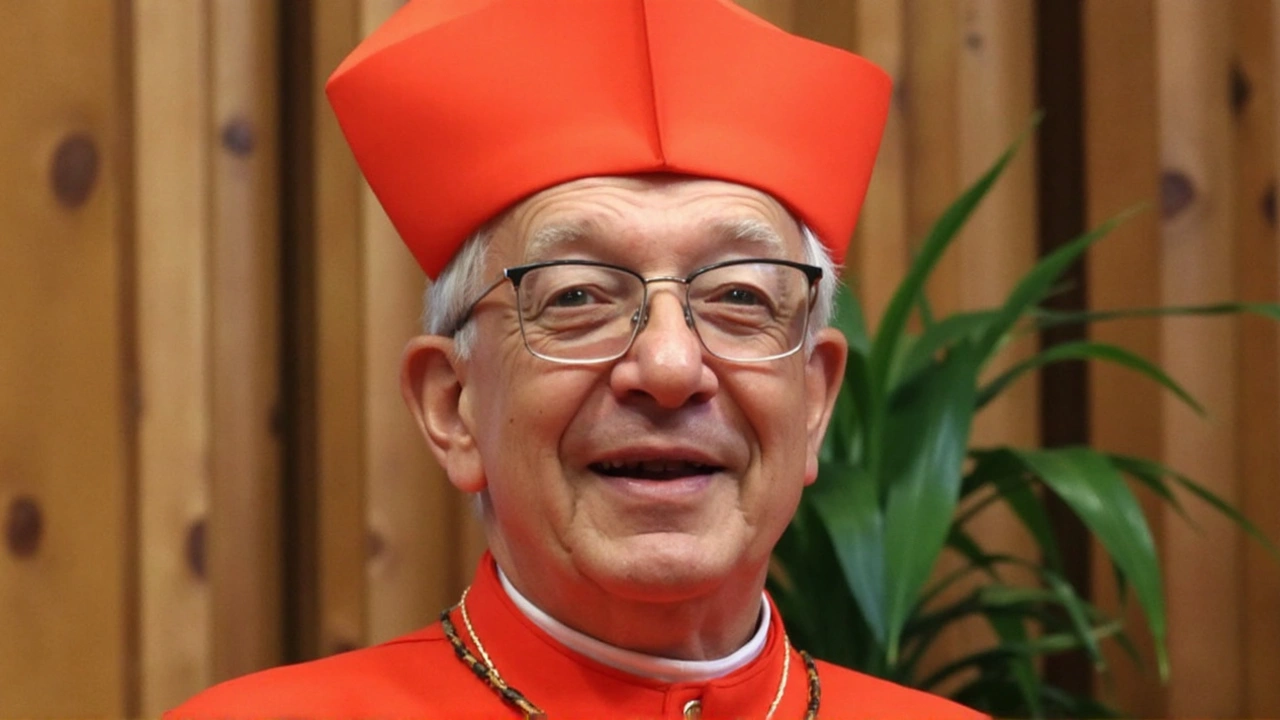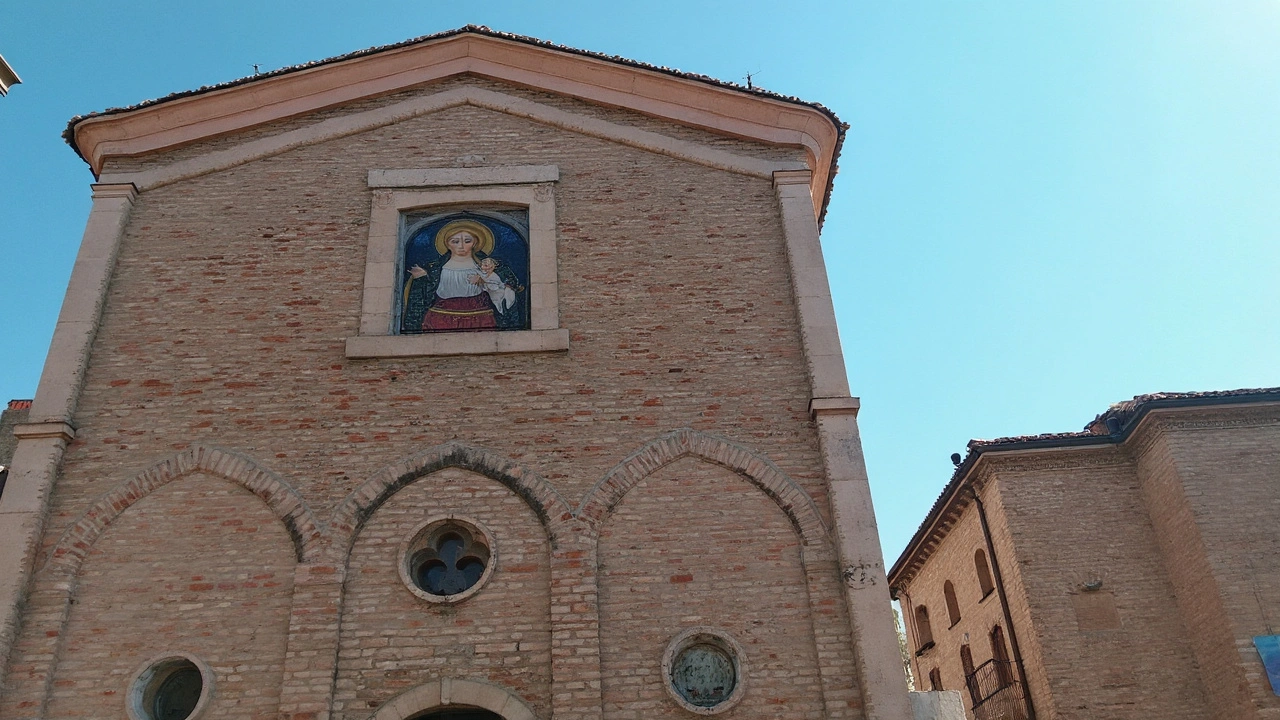Papal Conclave 2025: The Youngest and Most Diverse Gathering to Elect the Next Pope

New Faces, New Regions: The Changing Landscape of the Papal Conclave
If there’s one thing turning heads in Vatican circles this year, it’s not just who will lead the Catholic Church next—it’s who gets to decide. The 2025 papal conclave features 133 cardinal electors below age 80, as two experienced cardinals, Antonio Cañizares Llovera from Spain and Vinko Puljić from Bosnia, step back due to health concerns. What’s left is the youngest conclave in the Church’s history—and by far the most globally varied.
A quick scan of the list reveals cardinals hailing from 71 countries across every continent except Antarctica. These electors represent places barely whispering in past conclaves, now sitting squarely at the discussion table—think South Sudan, Cape Verde, Haiti, and Papua New Guinea. That’s not by accident. Pope Francis has used his appointments to pull the Church’s leadership out of its European comfort zone and into the heart of the global south.
When you zoom in, the numbers tell a story on their own. In the past, Italy—or even just Rome—often dominated these rooms. Now, cardinals from Asia, Africa, and Latin America walk shoulder to shoulder with established voices from France, Germany, and the US. Regions like Central Africa and Southeast Asia, long overshadowed, now have significant representation. Nobody’s doubting that the Catholic Church still has its powerhouses, but the days of European monopolies seem on their way out.
Check out the range—the conclave features cardinals representing every corner from Algeria to East Timor, from Malaysia to the Democratic Republic of Congo. There’s a new sense that future decisions about doctrine, priorities, and even where the Church puts its resources won’t reflect just the usual perspectives, but a whole spectrum of Catholic experiences. It’s a deliberate move: by making sure voices from Iran to Indonesia to Paraguay get heard, Pope Francis has made the conclave nearly unrecognizable compared to just 30 years ago.

Who’s in the Room—and What It Means for the Church
Of the original 252 members of the College of Cardinals, only those under 80 get a say in electing the next pope—leaving just 134 eligible, including the two who bowed out. The age cutoff does more than just trim the list; it hands the keys to a newer, younger generation in the Church’s leadership, many of whom share Pope Francis’ vision of a more outward-looking global Catholicism.
Take some of the new cardinals from countries like Singapore, South Sudan, and Paraguay. For years, Catholics there had little influence on Vatican decisions. Now, their leaders are among the tiny group trusted to shape the Church’s future. While Europe and North America still send a solid contingent—think familiar countries like Italy, Spain, and the United States—the presence of voices from Africa, Asia, and Latin America is impossible to ignore. This isn’t just symbolic; it adjusts the whole tone of debate inside the Sistine Chapel.
For centuries, the phrase “all roads lead to Rome” actually described the conclave. That’s no longer the story. If you’re searching for the Church’s next big figurehead, you can’t just look in old strongholds. With 133 cardinal electors representing such global diversity, the prospect of a pope from a non-European country has never looked more realistic. For the Catholic Church, which claims followers in every corner of the world, this is the closest it’s come yet to truly reflecting its flock.
- Papal conclave participants must be under 80 to cast a vote.
- Cardinals withdrawing or aging out radically shift the conclave’s makeup.
- Emerging regions—such as Central Africa, Southeast Asia, and the Pacific—now have influential voices inside the Vatican’s walls.
- This year’s conclave is a clear result of Pope Francis’ appointments, pushing for Catholic Church diversity at its highest levels.
The scene is set. When those doors close, the choice of the next pope won’t just be about theology, but about who gets a voice in the Catholic Church’s story from this point forward. The world, it seems, will be watching more closely than ever.
It's impressive how the new conclave lineup really mirrors the global spread of Catholics today, showing that the Vatican is finally listening to the people.
Sounds like a fresh start for the Church it's a sign of hope and new perspectives will guide the next Pope toward a more inclusive future
i think it's great to see cardinals from places like sudan and cape verde they bring fresh views and i hope the church learns from them
The secrecy surrounding the conclave has always been a breeding ground for hidden power plays, and now with so many new faces, the shadowy networks will scramble to control the outcome, turning the sacred ritual into a geopolitical chessboard.
From a ecclesiological standpoint the diversification index of the electors signifies a paradigm shift in curial governance with increased synodality metrics and a reallocation of magisterial authority.
The composition of the electorate now reflects a broader demographic distribution, which is likely to influence the theological priorities of the forthcoming pontificate. This change aligns with recent statements from the Holy See regarding inclusivity.
The recent announcement of the 2025 papal conclave reads like a roadmap for the future of Catholicism. For the first time, a majority of the cardinal electors hail from continents that have historically been underrepresented in Vatican decision‑making. This shift signals Pope Francis’ deliberate strategy to broaden the Church’s horizon beyond its European legacy. By appointing bishops from places such as South Sudan, Papua New Guinea, and Haiti, the Holy See acknowledges the vibrancy of faith in the Global South. These regions have witnessed explosive growth in Catholic populations over the past decades, yet their voices have often been marginalized. The inclusion of these cardinals not only diversifies the cultural tapestry of the conclave but also brings fresh pastoral perspectives on issues like poverty, migration, and climate justice. Moreover, the younger average age of the electors could translate into a more progressive stance on controversial topics such as the role of women in the Church and the approach to LGBTQ+ individuals. Critics argue that experience is being sacrificed for the sake of representation, but history shows that renewal often follows generational change. The presence of cardinals from Asia, Africa, and Latin America may also recalibrate the distribution of resources, directing more aid toward regions that need it most. Observers note that this diversification could increase the likelihood of electing a non‑European pope, a development that would resonate deeply with the worldwide faithful. The conclave’s composition thus becomes a mirror reflecting the Church’s global reality, rather than a narrow, Eurocentric echo chamber. As the doors close and the ballots are cast, the world will watch not only who is chosen, but how the selection process itself embodies a new era of inclusivity. Regardless of the outcome, this historic assembly marks a turning point, suggesting that the Catholic Church is evolving in step with the diverse cultures it serves. In the long run, the impact of this diverse conclave may extend beyond doctrinal decisions, shaping the very identity of Catholicism for generations to come. Future popes will likely feel the weight of this broader representation when guiding the Church through the challenges of the twenty‑first century.
The synodal momentum generated by these appointments creates a virtuous cycle of contextual theology, fostering an ecclesial praxis that resonates with local cultures while maintaining communion with Rome; it's an exciting development for missiology scholars.
The data clearly shows a statistical increase in non‑European representation, which will likely affect the curial agenda.
Yo I think the 8th comment got it right but u shoud note that not every local culture can jive with the Vatican’s tradtions.
While the desire for inclusivity is laudable, one must question whether the rapid diversification compromises the doctrinal continuity that has historically defined the papacy.
The balance between representation and theological consistency is delicate, and the conclave must navigate it carefully.
Finally, the world will finally see a pope who truly reflects its diversity.
Contrary to concerns about continuity, the fresh perspectives introduced by this diverse college could invigorate the Church’s mission rather than destabilize it.
The push for global representation is merely a veneer; underlying power structures will still dictate the outcome, preserving the status quo under the guise of reform.